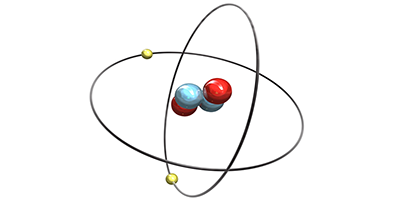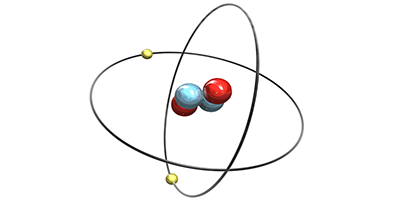One Very Cold Atom
Isolating single, ultracold atoms is critical for testing quantum phenomena, including entanglement between particles with mass or other atomic interference effects. Scientists at the Australian National University have developed a new technique for reliably segregating single atoms at temperatures as low as a few hundred picokelvin. Multiple setups of this type could now be combined to generate a set of individual atoms for entanglement experiments.
The researchers, led by Andrew Truscott, magnetically trapped helium-4 atoms in a metastable excited energy state state ( ) and cooled them to below microkelvin, where they formed a Bose-Einstein condensate. They then transferred atoms to an optical dipole trap and flipped their quantum mechanical spin to initiate large two-body losses in which successive collisions of two atoms (producing an ion, an electron, and an He atom in the ground state) led to atoms being expelled from the trap two at a time. Thus, if the initial number of atoms in the trap was odd, only a single atom remained. By characterizing the momentum distribution of the outgoing atoms, the authors determined the atoms’ temperature, concluding that the source emitted atoms at a temperature of picokelvin.
At such low temperatures, the particles’ extremely long de Broglie wavelengths ( micrometers) are ideal for observing quantum mechanical effects, allowing, for instance, the test of entanglement between particles with mass. The authors suggest that this could be done by expanding the scheme to a two-well optical trap, generating a pair of single atoms that can be collided to create an entangled pair.
This research is published in Physical Review Letters.
–Katherine Kornei





